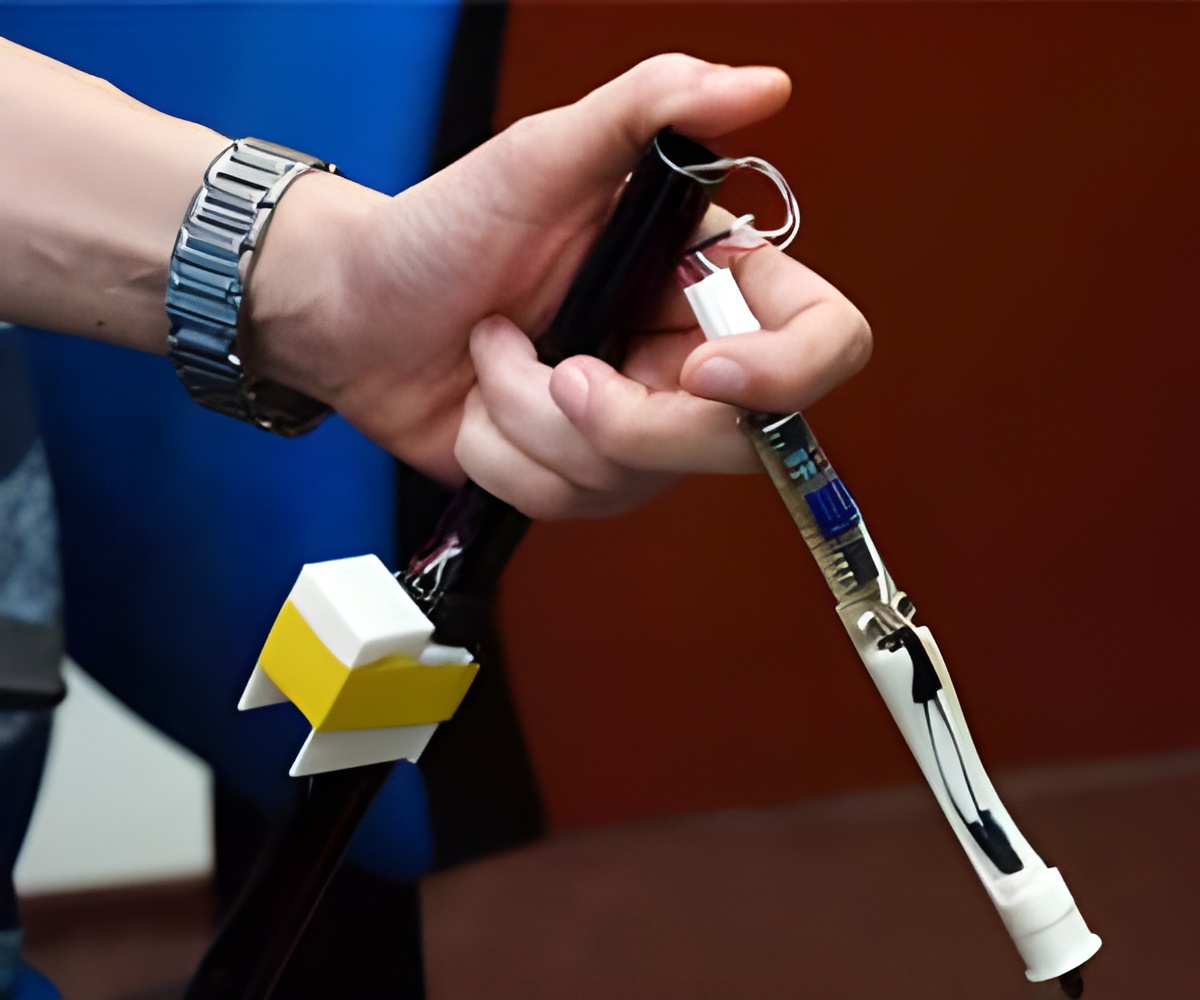
‘New collision-warning device will be an added travel safety measure in visually impaired people.’
Tweet it Now
A new randomized-controlled trial evaluated the benefit of electronic devices that warn wearers of surrounding objects at home and outside of a controlled lab environment.This new study is led by vision rehabilitation researchers at Mass Eye and Ear published in the journal JAMA Ophthalmology.
"Independent travel is an essential part of daily life for many people who are visually impaired, but they face a greater risk of bumping into obstacles when they walk on their own," said Gang Luo, PhD, an associate scientist at the Schepens Eye Research Institute of Mass Eye and Ear, and an associate professor of ophthalmology at Harvard Medical School.
The experimental device has a device and data recording unit enclosed in a sling backpack with a chest-mounted, wide-angle camera on the strap, and two Bluetooth-connected wristbands worn by the user.
The camera is connected to a processing unit that captures images and analyzes collision risk based on the relative movement of incoming and surrounding objects in the camera's field of view.
Advertisement
The new study included 31 blind and visually impaired adults who use either a long cane or guide dog (or both) to aid their daily mobility. After being trained to use the device, they used it for about a month at home in conjunction with their typical mobility device (mostly a long cane).
Advertisement
The effectiveness of the device is evaluated by comparing collision incidents that occurred during active and silent modes. The result shows that the collision frequency in active mode was 37 percent less than that in silent mode.
A chest-mounted, collision-warning device can provide an option to help people to avoid the overhanging or moving obstacles that pose challenges to long cane users.
Video recording from this study also provides data about daily life mobility of people with visual impairments. This in turn can help the researchers to understand better about the challenges of collision detection in this population.
Source-Medindia









